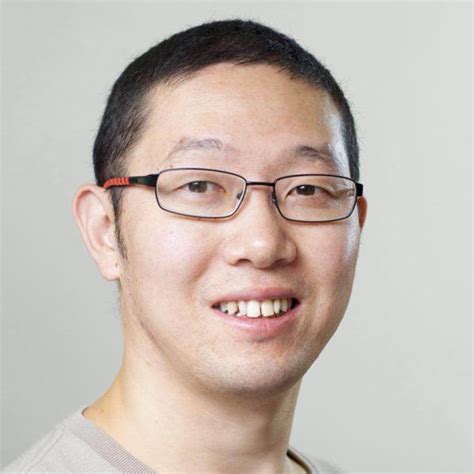Presented at NZ Hydrological Society Technical Workshop 17-20 March 2020
Abstract
Quantitatively study a total load of pollutants, including nutrients, sediments, pesticides and other contaminants in the catchment runoff, will enable us to establish a better understanding on how the water runoff is affecting the environment. Continuous discharge measurement is critical in obtaining the above-mentioned quantitative results.
In this presentation, we will talk about how the Internet of Things technology, together with Edge Computing, can solve this challenge using image velocimetry. In particular, we first set up a camera monitoring system, then we stream the video footage of the water surface of a waterway to a local computing device, while usually, we call it an edge computing device. The captured video stream is then processed on-site using the image processing technologies within the edge computing device outputting the computed discharge result.
We developed this prototype with Mark Randall from the Department of Nature Resource, Mine, and Energy, Queensland Government, and we applied this innovative approach in the Smart Catchments program, which was led by the Cairns Regional Council, in partnership with James Cook University, the Wet Tropics Healthy Waterways Partnership and Itron Australasia. Initial testing showed that this approach can achieve an accurate result and demonstrated its feasibility in deployment. We demonstrated this new technology could significantly reduce the cost, risk, and labour measuring the water surface velocity and discharge. This system can be easily deployed in many locations, and near real-time measurements can be achieved.
Author bio
 Dr Tao (Kevin) Huang received his PhD degree in Electrical Engineering from The University of New South Wales (Supervised by Professor Jinhong Yuan, IEEE Fellow). He received his master’s degree in Sensor System Signal Processing from The University of Adelaide, and he received his bachelor’s degree in Electronics Information and Engineering from Huazhong University of Science and Technology. Dr Huang received the Australian Postgraduate Award and Engineering Research Award during his PhD. Dr Huang was an Endeavour Australia Cheung Kong Research Fellow supported by the Australia Government Department of Education. Dr Huang worked such as a senior engineer, project team lead, and technical authority in the telecommunications industry, and as a senior data scientist in the financial sector.
Dr Tao (Kevin) Huang received his PhD degree in Electrical Engineering from The University of New South Wales (Supervised by Professor Jinhong Yuan, IEEE Fellow). He received his master’s degree in Sensor System Signal Processing from The University of Adelaide, and he received his bachelor’s degree in Electronics Information and Engineering from Huazhong University of Science and Technology. Dr Huang received the Australian Postgraduate Award and Engineering Research Award during his PhD. Dr Huang was an Endeavour Australia Cheung Kong Research Fellow supported by the Australia Government Department of Education. Dr Huang worked such as a senior engineer, project team lead, and technical authority in the telecommunications industry, and as a senior data scientist in the financial sector.
Presenter bio
 Mark Randall has been working as a field hydrologist with the Queensland State government since 2006. Based in Mareeba he specialises in remote area field operations and the management of the state governments gauging station network. He has run advanced ADCP training for QLD government hydrographers, established national ADCP technical reference group, produced three national guidelines governing the use of hydroacoustic instrumentation for discharge measurements now endorsed and published by the Australian Bureau of Meteorology. In 2014 he worked with Teledyne RD Instruments to help develop Q-view software to provide QA/QC analysis of ADCP discharge measurements based on the matrix developed for the national guidelines.
Mark Randall has been working as a field hydrologist with the Queensland State government since 2006. Based in Mareeba he specialises in remote area field operations and the management of the state governments gauging station network. He has run advanced ADCP training for QLD government hydrographers, established national ADCP technical reference group, produced three national guidelines governing the use of hydroacoustic instrumentation for discharge measurements now endorsed and published by the Australian Bureau of Meteorology. In 2014 he worked with Teledyne RD Instruments to help develop Q-view software to provide QA/QC analysis of ADCP discharge measurements based on the matrix developed for the national guidelines.
Mark is currently an active member of the WaMSTeC and its predecessor, the Water Information Standards Business Forum established by the BoM in 2010. He is continuing to advance the use of acoustic Dopplers within water monitoring and is currently working on an ADCP training package.
Presentation
To watch the video, you will need your AHA member password sent to members by email

